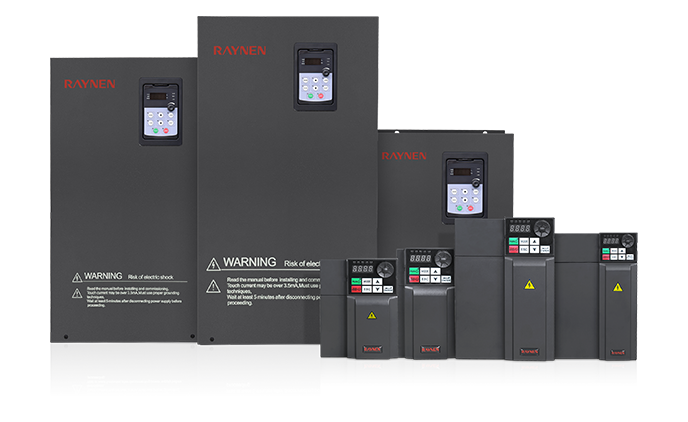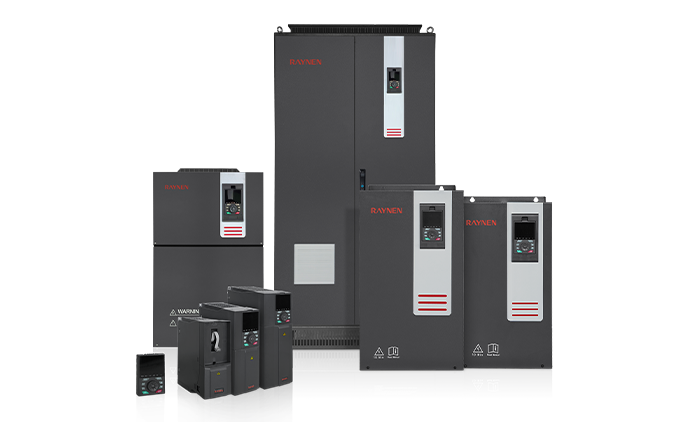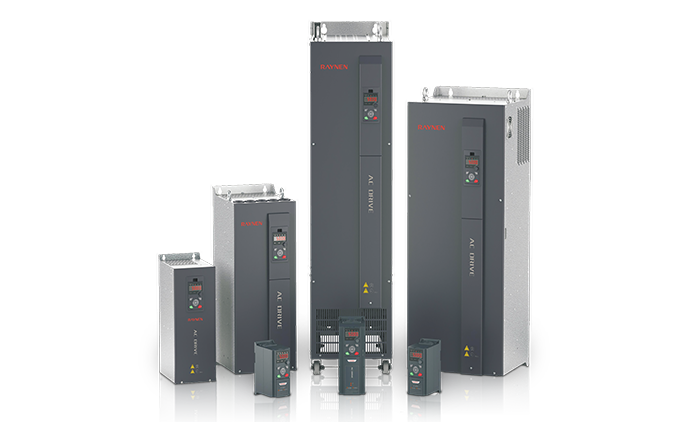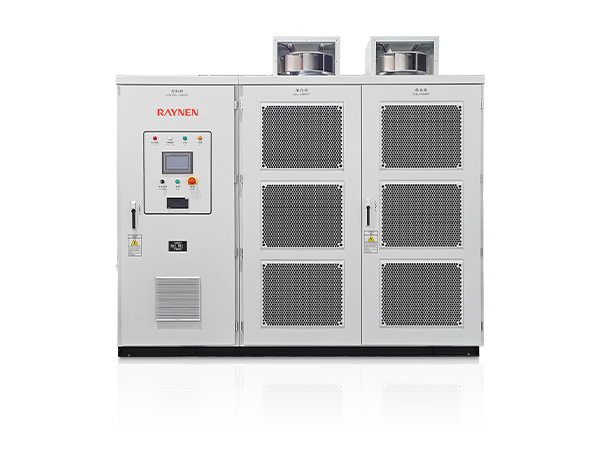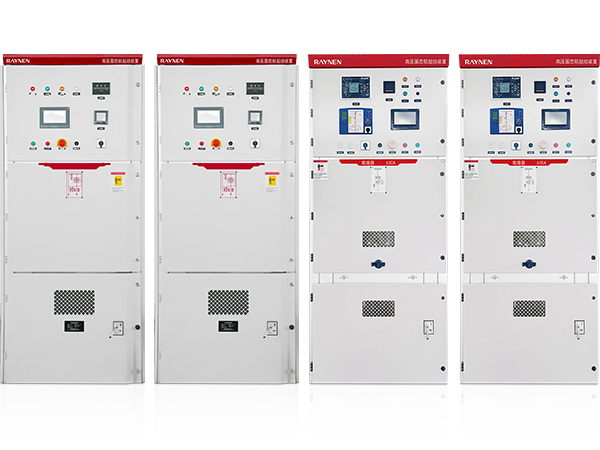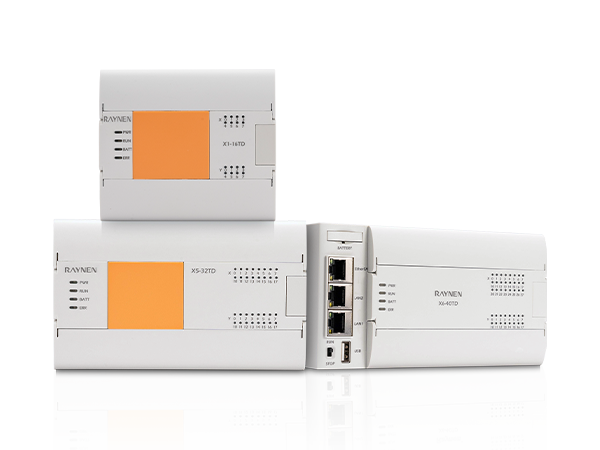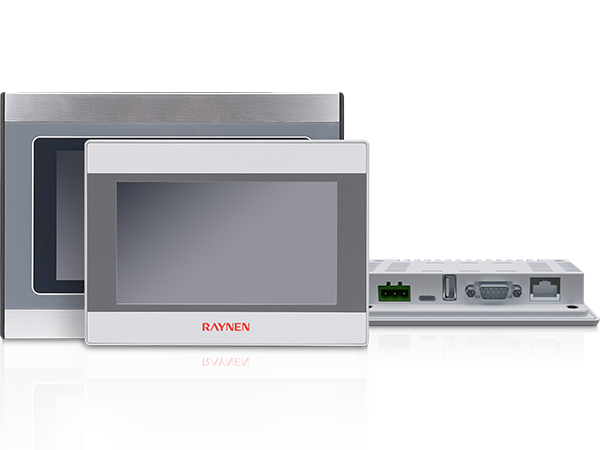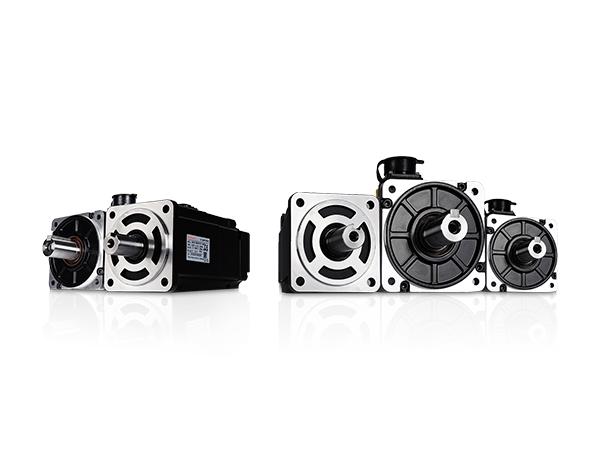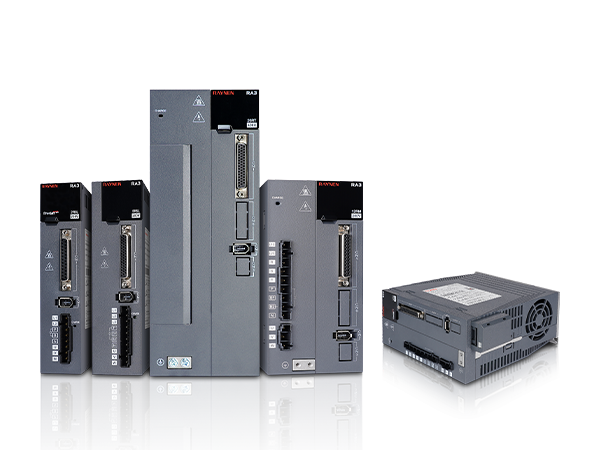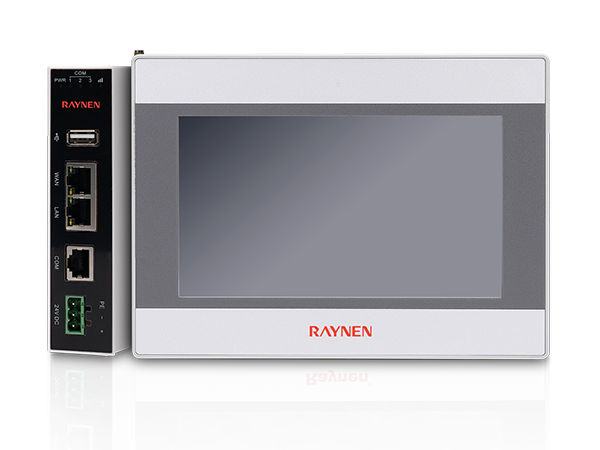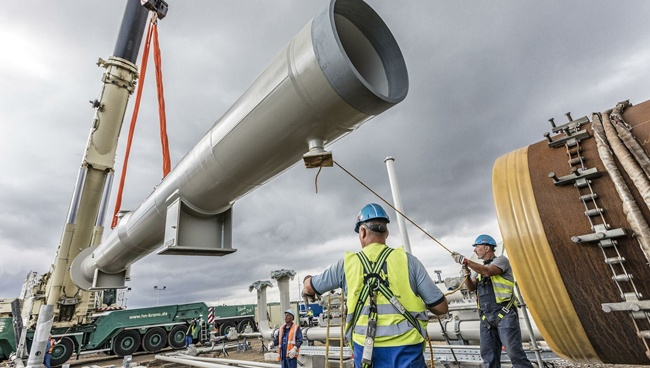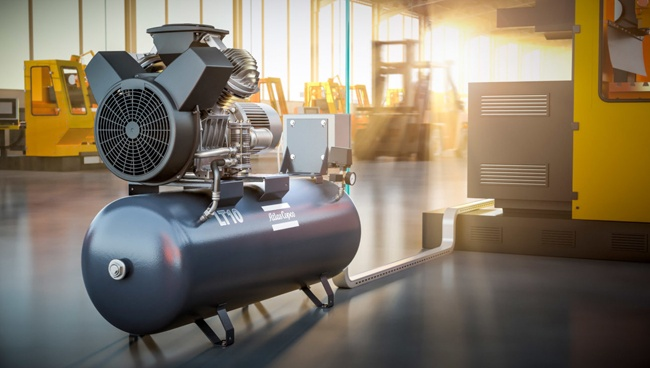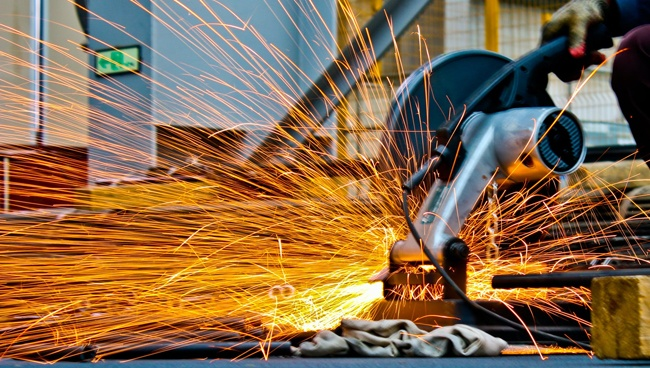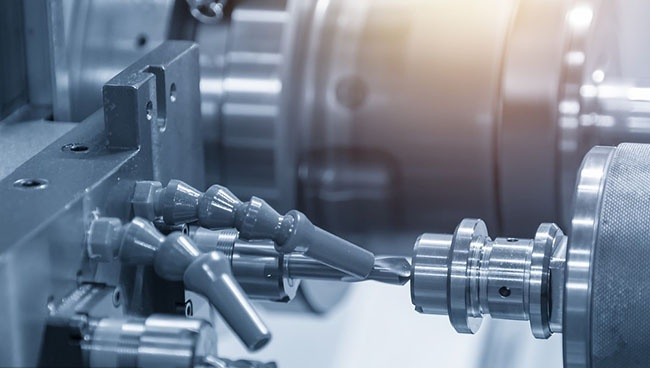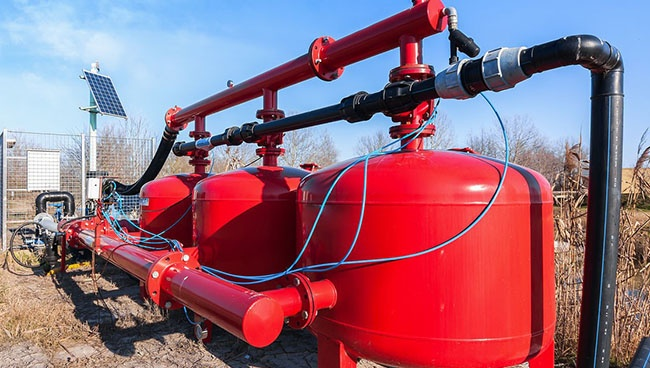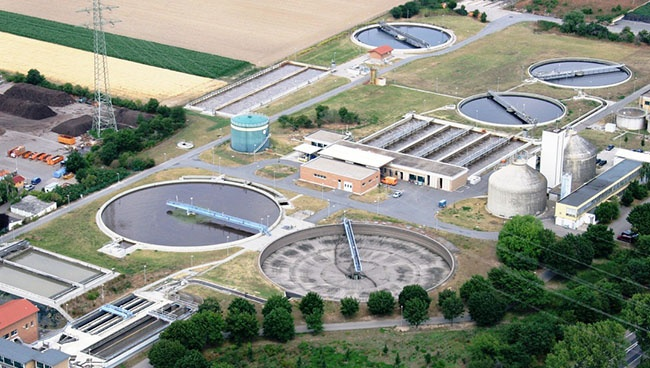1.Introduction to AC Drives (Variable Frequency Drives) In the realm of modern industrial control an......
READ MOREHow the Human-Machine Interface Shapes Our World
Every day, we interact with technology in countless ways, from the moment we check the time on our phones to the instant we start our car. These seemingly simple actions are powered by a complex and often overlooked element: the Human-Machine Interface (HMI). More than just a screen or a button, the HMI is the critical bridge that translates our intentions into machine commands and presents data back to us in a comprehensible format. It’s the unsung hero that has evolved from clunky, mechanical levers to intuitive, gesture-based systems, and its continued development is fundamentally shaping the future of product design.
Beyond the Screen: Understanding the HMI
At its core, a Human-Machine Interface is the part of a product or system that a human user interacts with. For decades, this has been a primary focus of industrial and product designers, but its scope has expanded dramatically. A well-designed HMI isn't just about functionality; it's about creating a seamless, intuitive, and even enjoyable user experience. Think about the simple act of using a smart thermostat. The user doesn’t need to understand the complex algorithms or electrical signals; they simply tap a screen to adjust the temperature. The HMI hides the complexity, making the technology accessible to a wider audience.
The evolution of the Human-Machine Interface can be seen through several key product categories:
1. Industrial Automation and Control Systems
In manufacturing and large-scale operations, the HMI has been a cornerstone of efficiency and safety for decades. Early HMIs were physical panels filled with switches, dials, and indicator lights. Today, these have largely been replaced by sophisticated digital dashboards and SCADA (Supervisory Control and Data Acquisition) systems. These modern HMIs provide operators with real-time data, visual representations of the production line, and a centralized control point. They are designed for clarity and rapid decision-making, using color coding, trend graphs, and alarm systems to highlight critical information. A poorly designed HMI in this context can lead to costly errors or, in the worst cases, dangerous accidents.
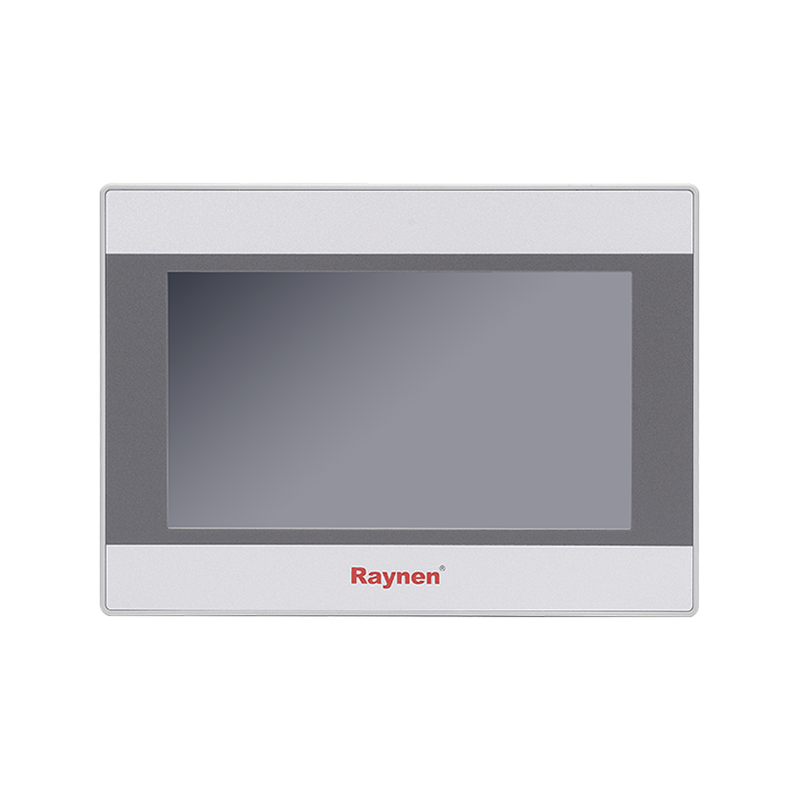
2. Automotive Cockpits
The modern car cockpit is a masterclass in HMI design. It's a complex ecosystem of displays, buttons, touchscreens, and voice controls, all designed to keep the driver informed and safe. The move from simple analog gauges to digital instrument clusters and infotainment screens has revolutionized the driving experience. A prime example is the shift towards head-up displays (HUDs), which project crucial information like speed and navigation onto the windshield, allowing the driver to keep their eyes on the road. The HMI in this context must balance information delivery with minimizing distraction, a constant and critical challenge for designers.
3. Consumer Electronics
This is perhaps where the Human-Machine Interface has seen the most dramatic evolution. From the physical keyboard and mouse to the multi-touch interfaces of smartphones and tablets, the way we interact with our devices has become increasingly natural and personal. The success of products like the iPhone wasn't just due to their hardware; it was the revolutionary HMI that made them easy for anyone to use. The rise of voice assistants like Siri and Alexa represents the next frontier, where the HMI is no longer a physical object but an invisible, conversational partner. These interfaces rely on advanced natural language processing to understand human speech and respond appropriately, making technology even more integrated into our lives.
The Future of the Human-Machine Interface
As technology becomes more advanced, so too must the Human-Machine Interface. We are moving toward a future where interactions are more natural, intelligent, and context-aware. Augmented Reality (AR) and Virtual Reality (VR) are poised to create entirely new forms of HMIs, where we can interact with digital information overlaid onto the real world or in fully immersive virtual environments. Products will not just react to our commands but will anticipate our needs, using artificial intelligence and machine learning to understand our habits and preferences.
Ultimately, the goal of a great HMI is to disappear. When an interface is truly intuitive, the user doesn't even notice they are using it. The technology fades into the background, and all that remains is the successful completion of a task. The continuous focus on the Human-Machine Interface is a testament to the fact that the most advanced technology is not about the machine itself, but about how effortlessly it serves the human.

 English
English Español
Español عربى
عربى
